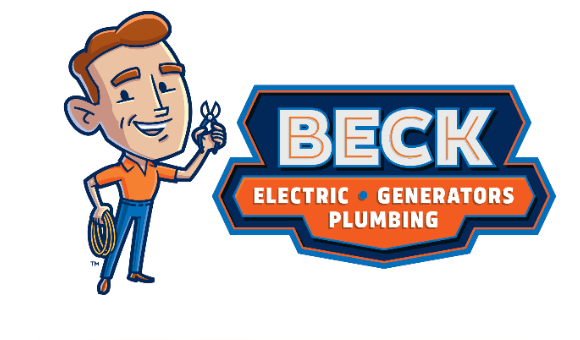Have you noticed the tabletop lamp may be flickering or you need to routinely adjust a cord that’s plugged in to keep it working right? It may be time to take a closer look at your electrical outlet. With the right tools and a keen eye, it can be a straightforward task.
Safety First!
Before doing anything, you’ll want to turn off any appliance or tool that’s plugged into the outlet before you remove it. This helps reduce the amount of current passing through the outlet and reduces the chances of any injury. Once that’s done, you can put your hand up to the wall plate and see if it feels unusually warm. If it is, keep that in mind as you progress. This may be a sign of loose wires inside the box.
Visually Inspect the Outlet
Once there’s nothing plugged in, take a quick look at the face of the outlet for any physical damage. Signs such as missing pieces of plastic or scorch marks on the face of the outlet indicate something has struck the outlet, or in the case of burn marks, a small arc may have occurred.
With a flashlight, you should be able to see inside the outlet where the metal prongs on a cord fit into. Newer outlets may be what is called “tamper-resistant,” in which case there is a plastic shutter inside that helps prevent anything other than a cord from being inserted. This is a great safety device that helps prevent injury to young children.
If your outlet doesn’t have that and you can see inside the slots, again look for any black burn marks as well as melted plastic. Electricity can be extremely hot, and if the internal components become loose, this may lead to a weak physical connection. When this happens, electricity will try to jump the gap and in the process may arc, which can melt the plastic and ruin the integrity of the outlet.
Looking Inside the Outlet Box
Now that you’ve completed the outer inspection, carefully remove the wall plate using a flat-head screwdriver. As a rule of thumb, always assume the outlet is live, and do not touch any metal parts inside the box.
Again, you’ll want to take another look for any signs of melted plastic or burn marks. If you see any inside the box, you’ll likely have to replace the outlet.
There are several different tools that can assist you in determining if the outlet currently has electricity, as well as making sure it’s operating at the correct voltage:
- A non-contact tester is the simplest way of determining if the outlet is live. With this type of tester, you only have to hold it up to the black wire (or “hot” wire) inside the box. If there is electricity to the outlet, the tester will either beep, glow, or both.
- A plugin tester operates by inserting it into the outlet. This kind of tester looks for a few different things, such as correct polarity (the black, white, and ground wire are attached to the correct terminals), if there is an open ground or neutral wire, and whether or not the outlet is live. Consult the manual for your tester to make sure your outlet has the correct wiring.
- A voltage tester is the most accurate way to ensure that the outlet is supplied with the correct voltage and that there are no issues with either the ground or neutral wire. In a residential application, the vast majority of outlets operate at 120 volts. Your dryer or stove is likely the only exemption.
Testing the Outlet Voltage
You’ll want to set your voltage tester to AC voltage. Apply one lead to the black wire and the other lead to the white wire. You’ll want to see the voltage hover around 120 volts. A few volts difference in either direction is typically not cause for concern. If the voltage is too low, you may have an open, or loose/damaged, neutral wire.
Now, you’ll want to check between the ground wire, which will be either green or bare copper, and a neutral wire. This should display as 0 volts; otherwise, it may again indicate an open neutral wire. Finally, check between the black wire and the ground. This should register at 120 volts; a lower voltage reading may indicate an open ground on the circuit or electrical service.
In the Canton area, Beck Electric, Generators & Plumbing can provide a full range of electrical solutions such as troubleshooting issues, custom lighting packages, and complete service replacements. Reach out to our team to get a custom-tailored solution for all of your electrical needs.






